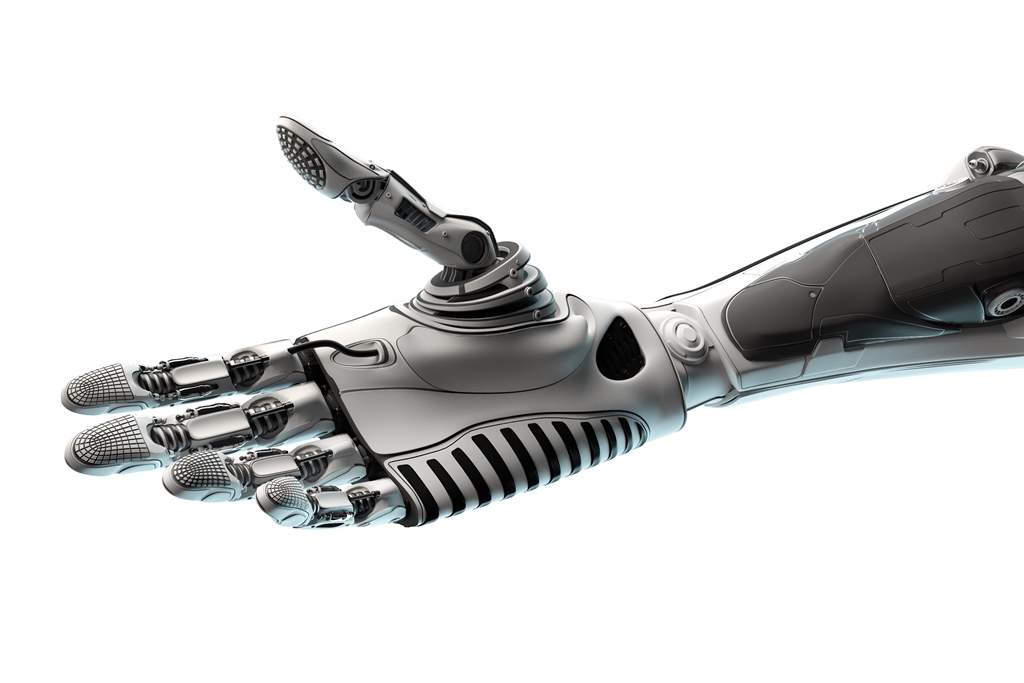
Supercar company Lamborghini is accelerating research into carbon fibre composite materials that could lead to breakthroughs in prosthetic implants − and help treat HIV and cancer.
Lamborghini has for over half a century been synonymous with Italian style, swagger and engineering excellence.
However, the supercar manufacturer is also pushing the boundaries of medical research in the field of carbon fibre composite materials.

Dr Alessandro Grattoni is testing whether the materials, which are already used in Lamborghini’s vehicles, are biocompatible with human bodies.
“My focus has been on developing implantable devices for controlled drug delivery using nanotechnology,” Grattoni tells Medical Device Developments. “In particular, using nanochannels and microfabricated membranes.”
Lamborghini medical research
In partnership with the Houston Methodist Research Institute, Lamborghini is manufacturing implantable prosthetic (artificial) and subcutaneous (under-the-skin) devices to control drug delivery.
As a result, scientists hope to identify new materials that are lighter, more resistant and better tolerated by human bodies.
Grattoni’s work aims to help treat HIV and cancer by delivering drugs via an applied electrical field across a membrane.
Improving HIV treatment and neurosurgery
Carbon fibre composite technology could have a major impact on HIV treatment.
At present, many HIV patients struggle to keep up with the routine of daily pill-taking. For this reason, there are still many new cases of HIV infection, despite better preventive treatment.
“Drug delivery systems would be implanted subcutaneously and would deliver HIV-preventive drugs constantly for an extended period of time,” Grattoni says. “Taking away the daily responsibility of maintaining a drug-taking schedule frees up those living with the condition to live life more fully.
“Add to that the sustained medical benefits of controlled drug delivery, and patients’ situations will surely improve.”
In addition, carbon is resistant to corrosion and fluctuations in temperature. It is also mouldable, yet remains stable and rigid, making it useful for neurosurgery tools.
Another helpful characteristic is its radio transparency. This improves patient tolerance of X-rays and allows surgeons to see through the devices while operating.
Growth market
Lamborghini has collaborated with medical teams in the past, driving development in occupational medicine, neurosurgery and orthopaedic science.
The booming global carbon fibre market will reach $3.3 billion by 2021, according to a report from Zion Market Research.

Part of that growth is down to the medical composites market, which includes carbon, ceramic and glass fibres. This is estimated to grow from $663.3 million in 2016 to $934.7 million in 2021.
Diagnostic imaging, composite body implants, surgical instruments, dental and microsphere applications, and tissue engineering also use composites.
Manufacturing costs
There are challenges, mainly to do with the cost and difficulty of manufacturing the materials.
“The problem with this is the manufacturing becomes extremely expensive, time-consuming and very complex,” Grattoni says.
However, Lamborghini’s carbon fibre materials are short and can be moulded without complex fabrication procedures, similar to manufacturing plastic materials.
“Moulding makes them extremely versatile, so you can really reduce the cost of fabricating these technologies,” says Grattoni.
For conventional prosthetic limbs, composite materials will offer a more cost-effective solution. In addition, Grattoni believes there is also potential for 3D printing the materials.
“The way I see it, there will be a major reduction in cost in fabricating devices,” he says. “Also, when talking about implanted systems, the biggest advantage will be in the context of forming them specifically to patient needs and the anatomy of the patient.”
Read the complete version of this article in the latest edition of Medical Device Developments.
If you enjoyed this, then read more here:
“This could be an extraordinary future for medicine” – scientists unveil surgical bot


